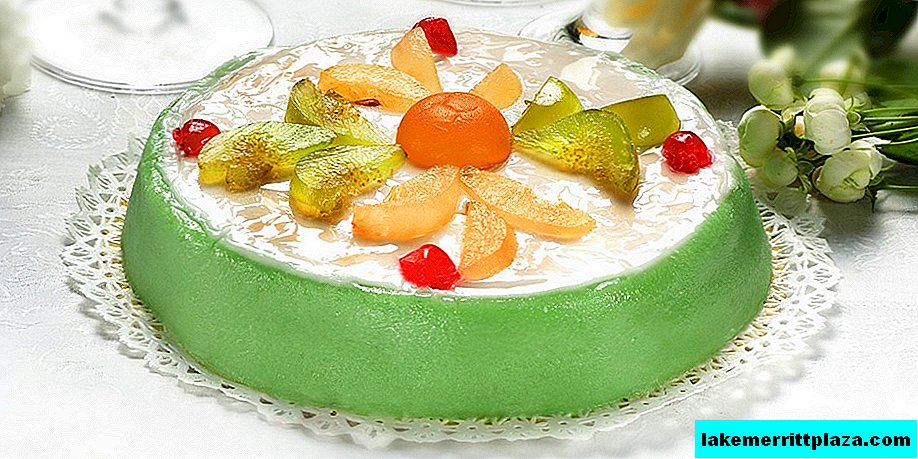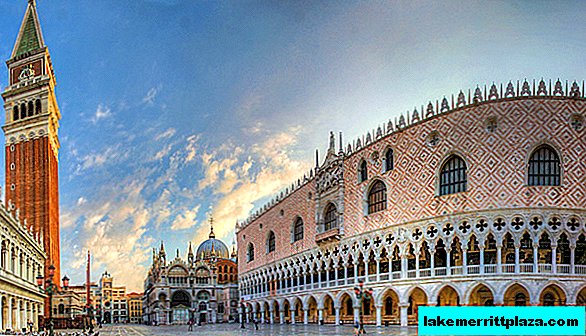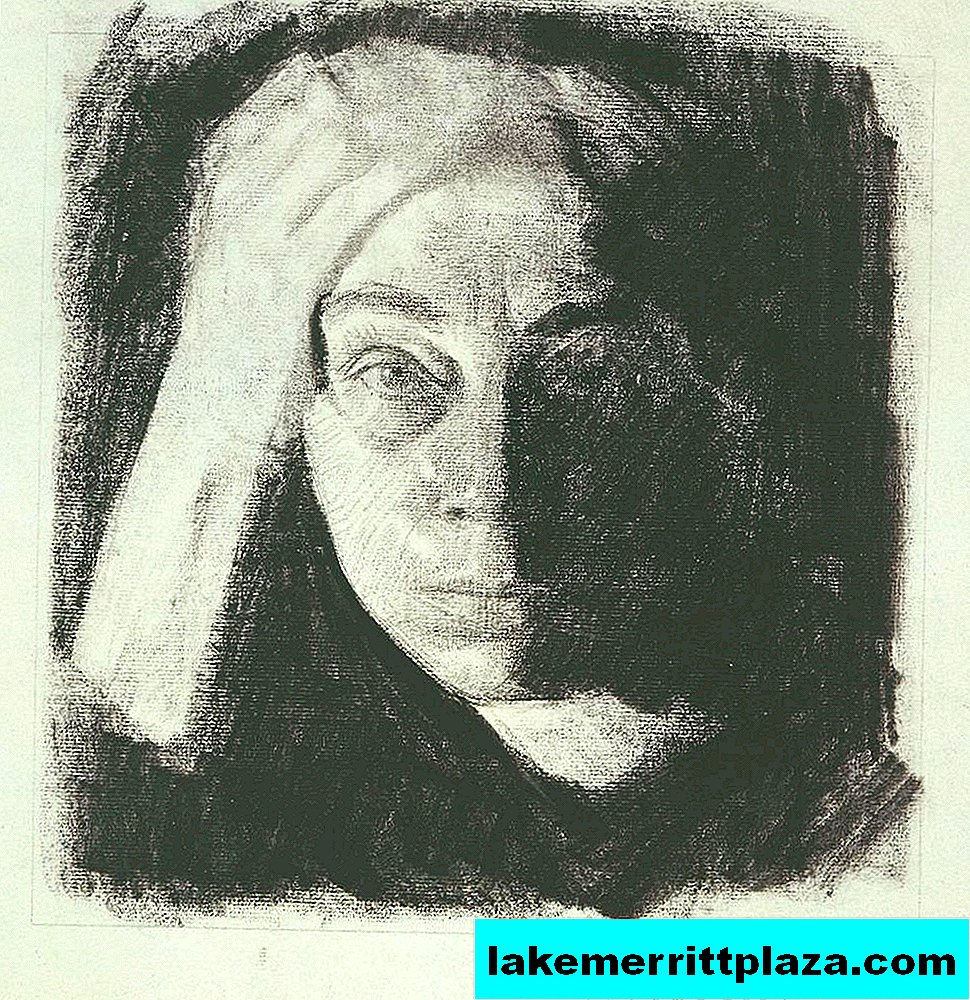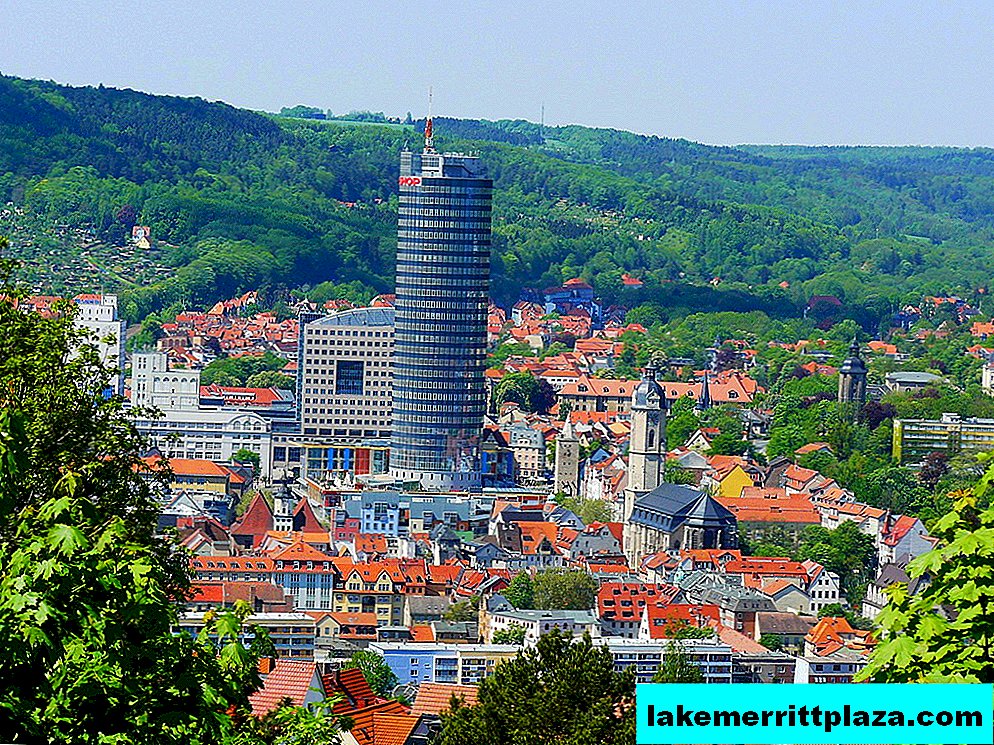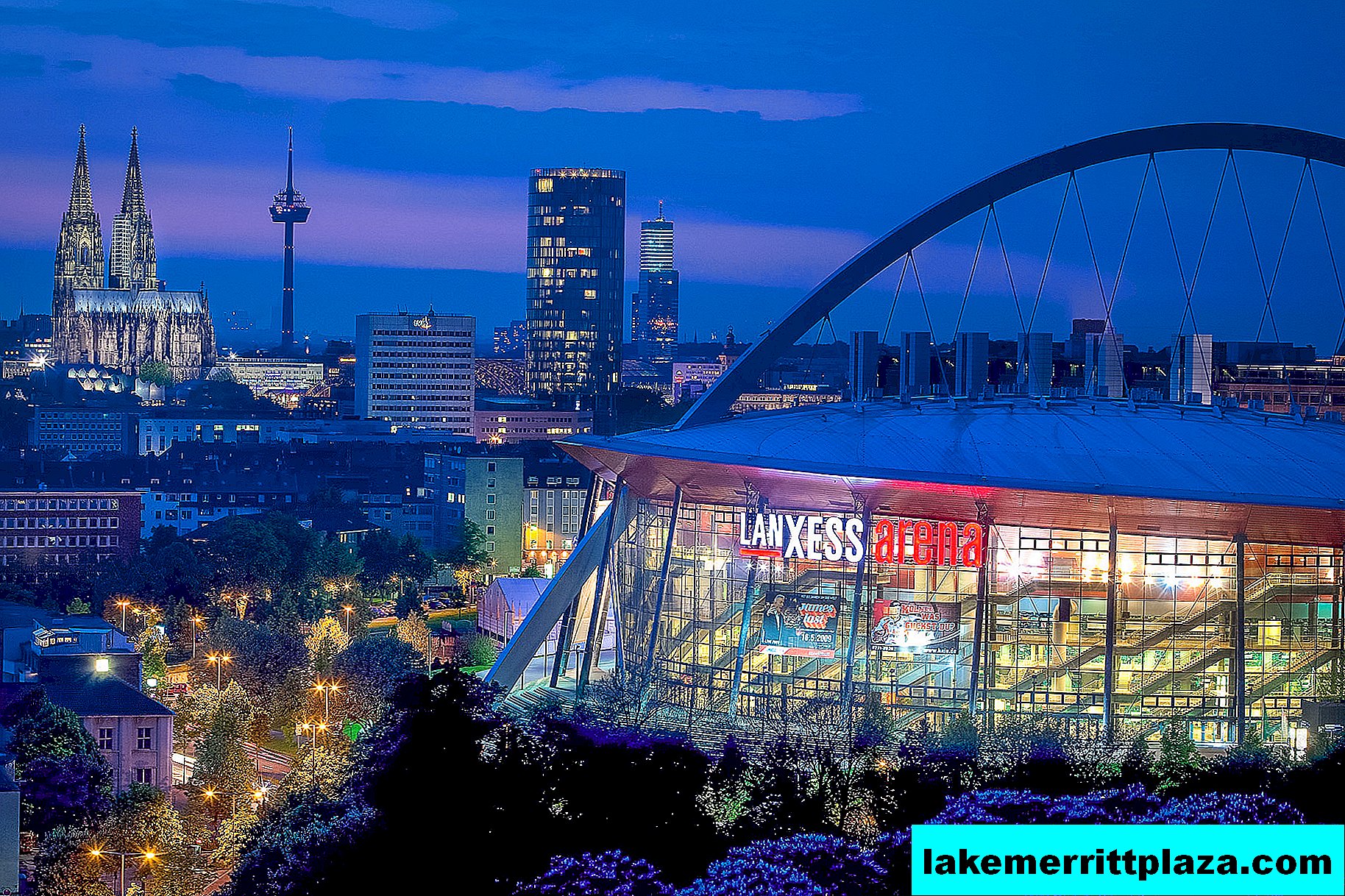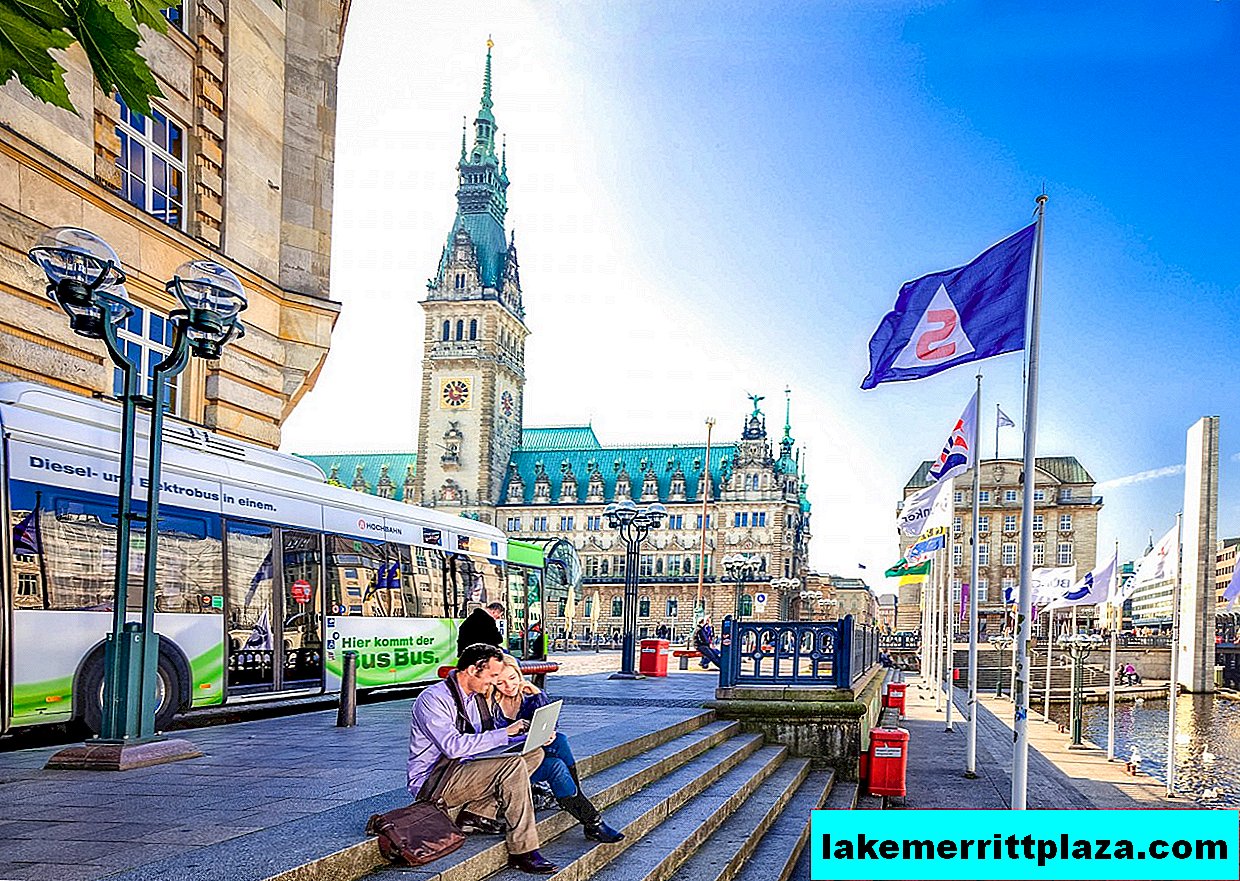What can you see in Potsdam in 1 day? Here is a route for you not to miss anything interesting.
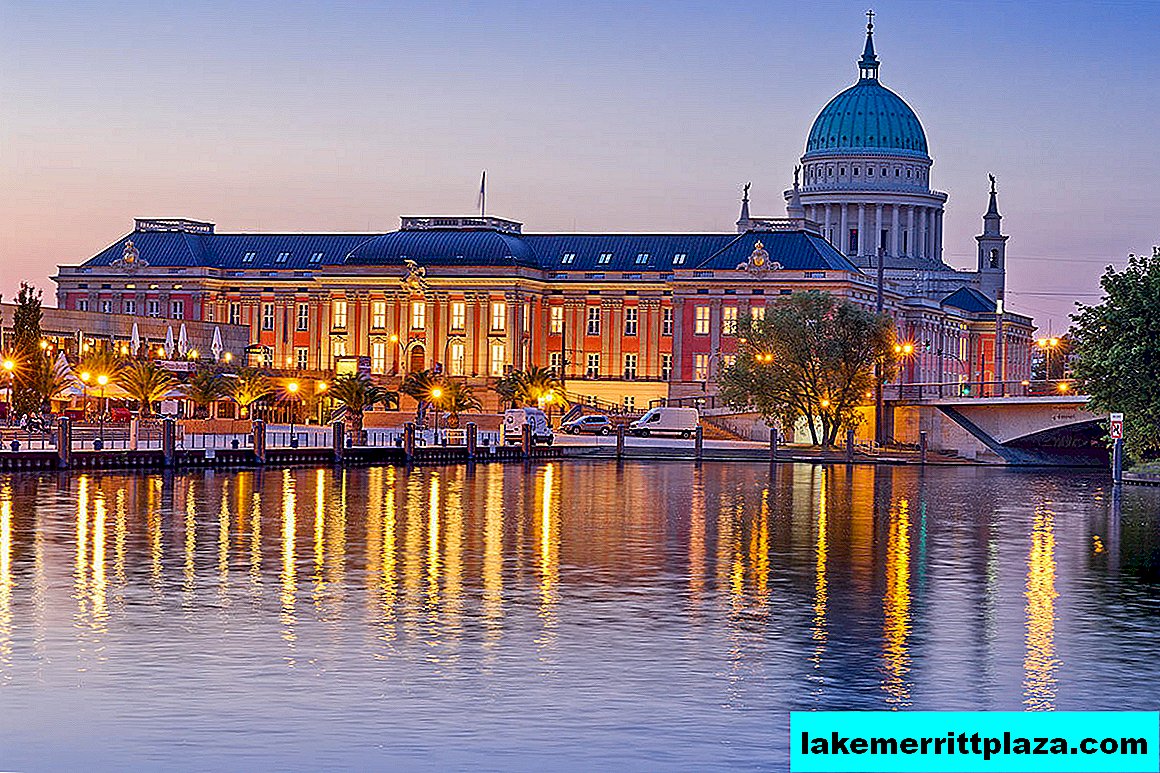
Potsdam City Palace in the evening, photo by MS Katharina von Bora
Have you seen Berlin yet? But is there a free day left? Go to Potsdam. Its 20 magnificent palaces and gardens, as well as the Russian colony Aleksandrovka and the astrophysical observatory are listed by UNESCO. So that you can see all the most interesting, I made a route for 1 day (10-12 hours). Come to Potsdam early, by 9 a.m.
Route and map
 Station Station Sanssouci
Station Station Sanssouci
 Greenhouse palace
Greenhouse palace
 Sanssouci
Sanssouci
 Alexandrovka
Alexandrovka
 Cecilienhof Palace
Cecilienhof Palace
 Restaurant Am Pfingstberg
Restaurant Am Pfingstberg
 New garden
New garden
 Cinema Park Babelsberg
Cinema Park Babelsberg
 Hans Otto Theater
Hans Otto Theater
 Dutch quarter
Dutch quarter
 Monument to fallen Soviet soldiers with a memorial
Monument to fallen Soviet soldiers with a memorial
 French church
French church
 Church of Peter and Paul
Church of Peter and Paul
 Nauen Gate
Nauen Gate
 Hunting gates
Hunting gates
 Brandenburg Gate
Brandenburg Gate
 Area New Market
Area New Market
 Old Market Square
Old Market Square
 Church of st. Nikolay
Church of st. Nikolay
 City Palace
City Palace
 Potsdam Main Station
Potsdam Main Station
1. Station Sanssouci Park
Sanssouci Park is best reached with regional trains that depart every hour from the Berlin Hauptbahnhof, Berlin Zoologischer Garten and Berlin-Charlottenburg stations and follow to the Potsdam Park Sanssouci Bhf station. Travel time 25-45 minutes. For timetables and prices, see www.bvg.de and www.vbb.de

Potsdam, photo by Wolfgang Pehlemann
2, 3. Sanssouci
From the Park Sanssouci Bhf station to the palace and park complex (Schloss Sanssouci stop), take either bus 695 (take 8 minutes) or 2.6 km on foot. And it is better to rent a bicycle and get to the palace and then move on it between the objects.
It will take you about 40 minutes to explore the Sanssouci Palace. Look at one more choice: the Orangerie schloss or the Art Gallery (The New Palace and Charlottenhof Palace are currently under restoration). Walk to the charming Tea House (30 min.)
4. Aleksandrovka
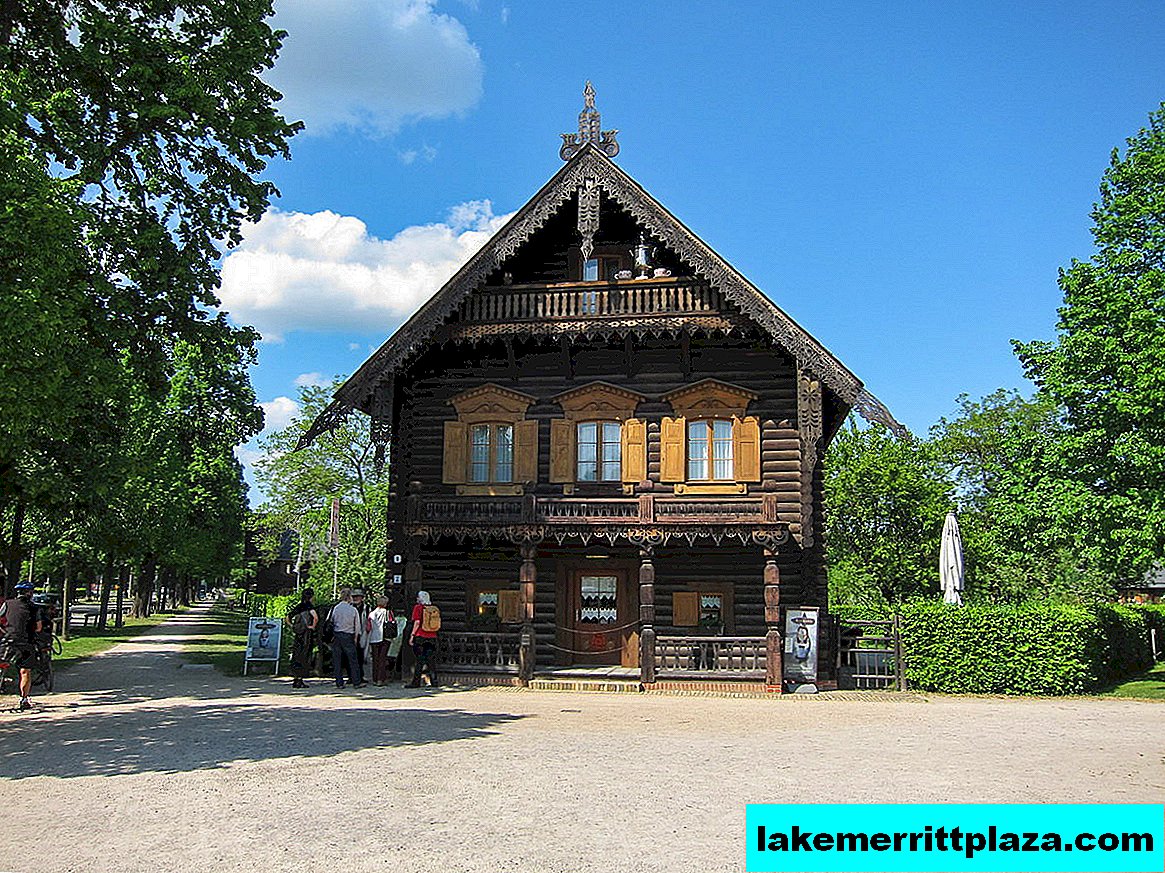
The Ideal Russian Village, photo by J. C. Cuesta
At the Schloss Sanssouci stop, take the 695 bus again and go to Reiterweg / Jägerallee (4 min.) Or 1, 2 km on foot. Go to the Russian colony Alexandrovka (Russische Kolonie Alexandrowka) and see what a Russian village should be like.
5. Cecilienhof Palace

Cecilienhof Palace, the Potsdam Conference was held here, photo by Marcela
At the Reiterweg / Alleestraße stop, take the 603 bus, which takes 4 minutes. takes you to the Schloss Cecilienhof stop, where the Cecilienhof Palace is located; the walk takes about 20 minutes (1.5 km).
6. Restaurant Am Pfingstberg
It's lunch time. Stop by Am Pfingstberg Restaurant (address: Große Weinmeisterstraße 43B). It is located 800 meters from the Schloss Cecilienhof bus stop. You will be perfectly served traditional German food.
7. New garden
We continue our route. It will take you about 1 hour to visit the Cecilienhof Palace. Take a walk in the Neuer Garten park and admire the Marble Palace, Orangery, Palace Kitchen, a dairy farm, a pyramid, a shell grotto and Dutch-style houses along the way.
8. Cinema Park Babelsberg (optional, for moviegoers)
The Filmpark Babelsberg is just 35 minutes from the Filmpark Babelsberg. Take the 604 bus at the Reiterweg / Alleestraße stop and go to the Potsdam stop (9 minutes), where take the 601 bus to Filmpark Babelsberg (12 minutes).
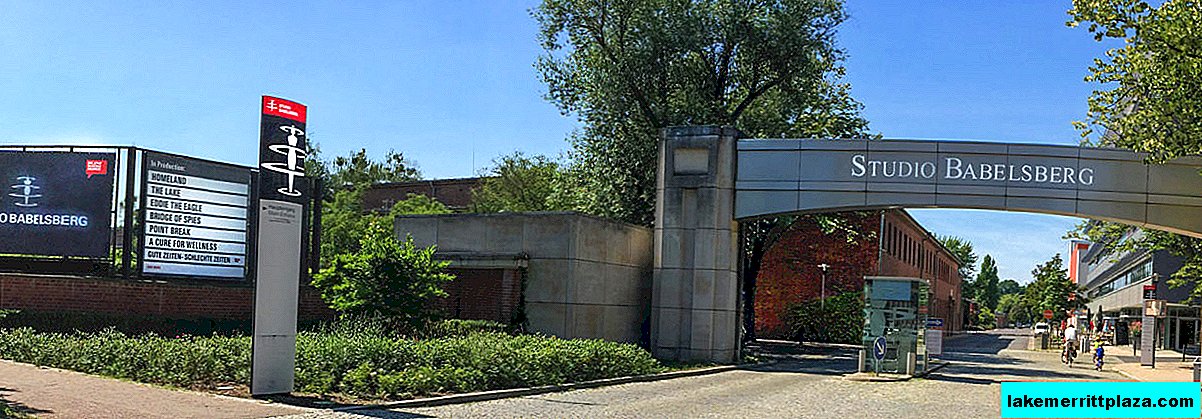
Studio Babelsberg, photo Hans1919
At the cinema park, go to the stunt show, take part in the filming of a horror movie or television show, walk through the streets of the Wild West. Near the park there is a functioning film studio UFA (formerly DEFA) and a film university. The most interesting attraction is a mini-train ride around the movie studio itself (exclusively as part of a group with a guide).
9. Hans Otto Theater
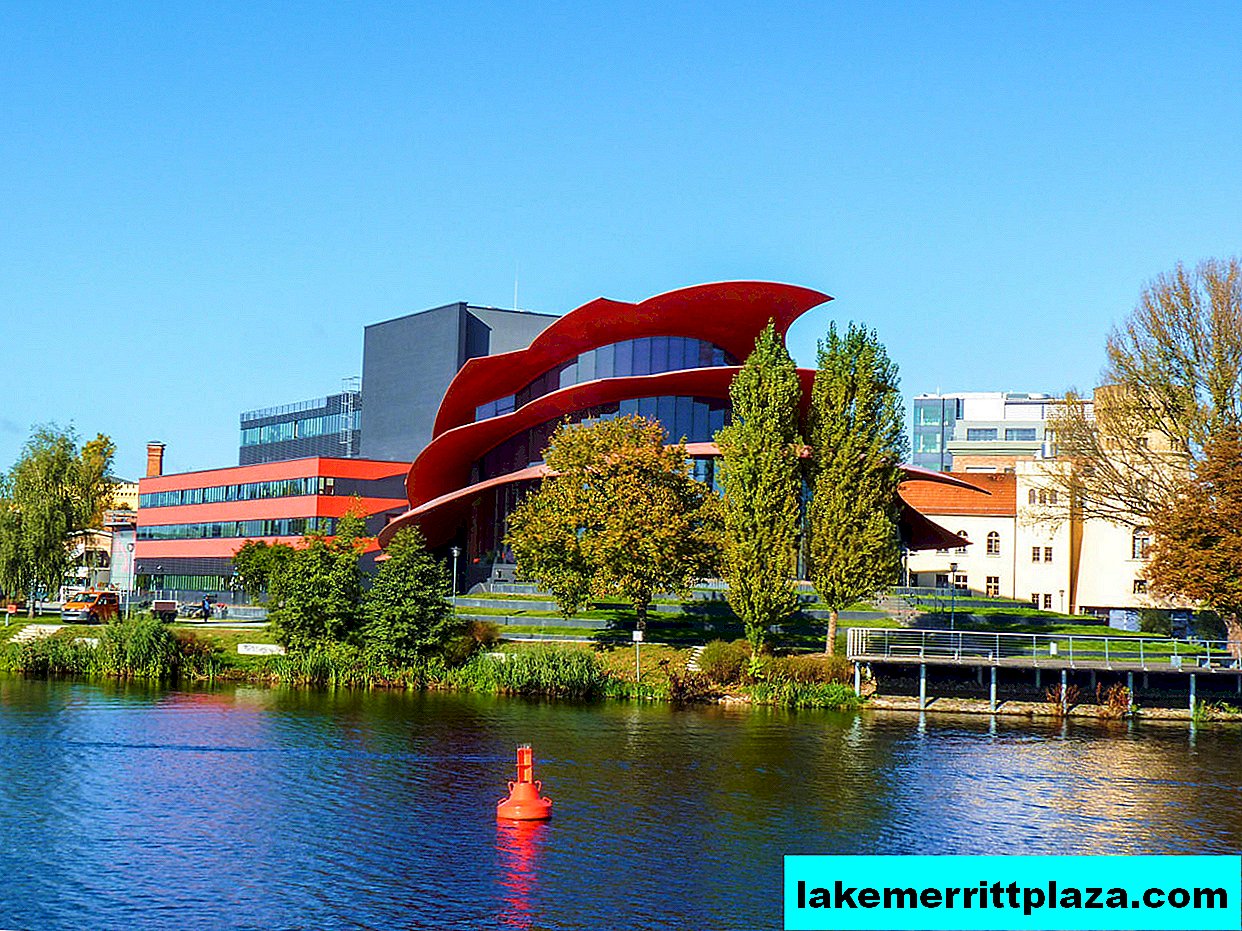
Hans Otto Theater (Hans Otto Theater), photo murphman61
From the cinema park to the center of Potsdam, get this way: take the 601 or 690 bus to the Rathaus Babelsberg stop (8 minutes), from where the 94 or 99 tram goes to the Schiffbauergasse / Uferweg stop (4 minutes), the journey will take 25 minutes. Your walk will begin from the Hans Otto Theater.
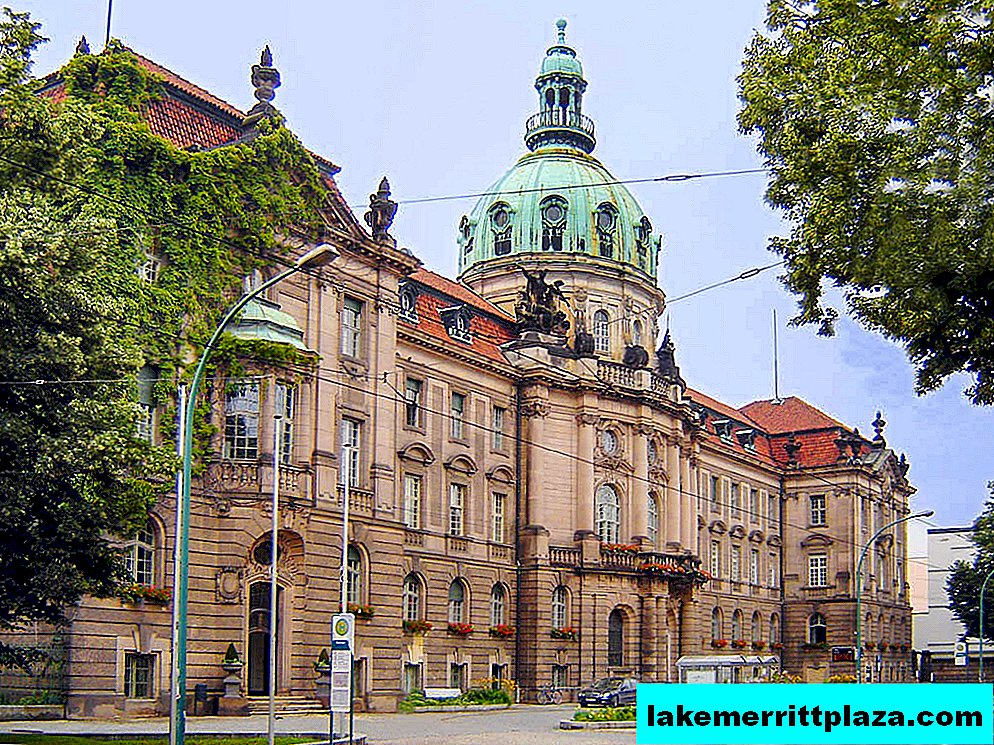
City Hall, photo Expdm
If you abandoned the cinema park, then take bus 603 from the New Garden (stop Birkenstraße / Alleestraße) to the stop Rathaus. The walk will start from the City Hall. From it, go to the Nauener Tor. Further, the Dutch quarter (Holländisches Viertel), divided by 2 streets into 4th blocks, buy souvenirs there. Take the streets of Mittelstraße, Leiblstraße and Gutenbergstraße to the lake, where on the shore you will be surprised at the futuristic building of the Hans Otto Theater.
10. The Dutch Quarter
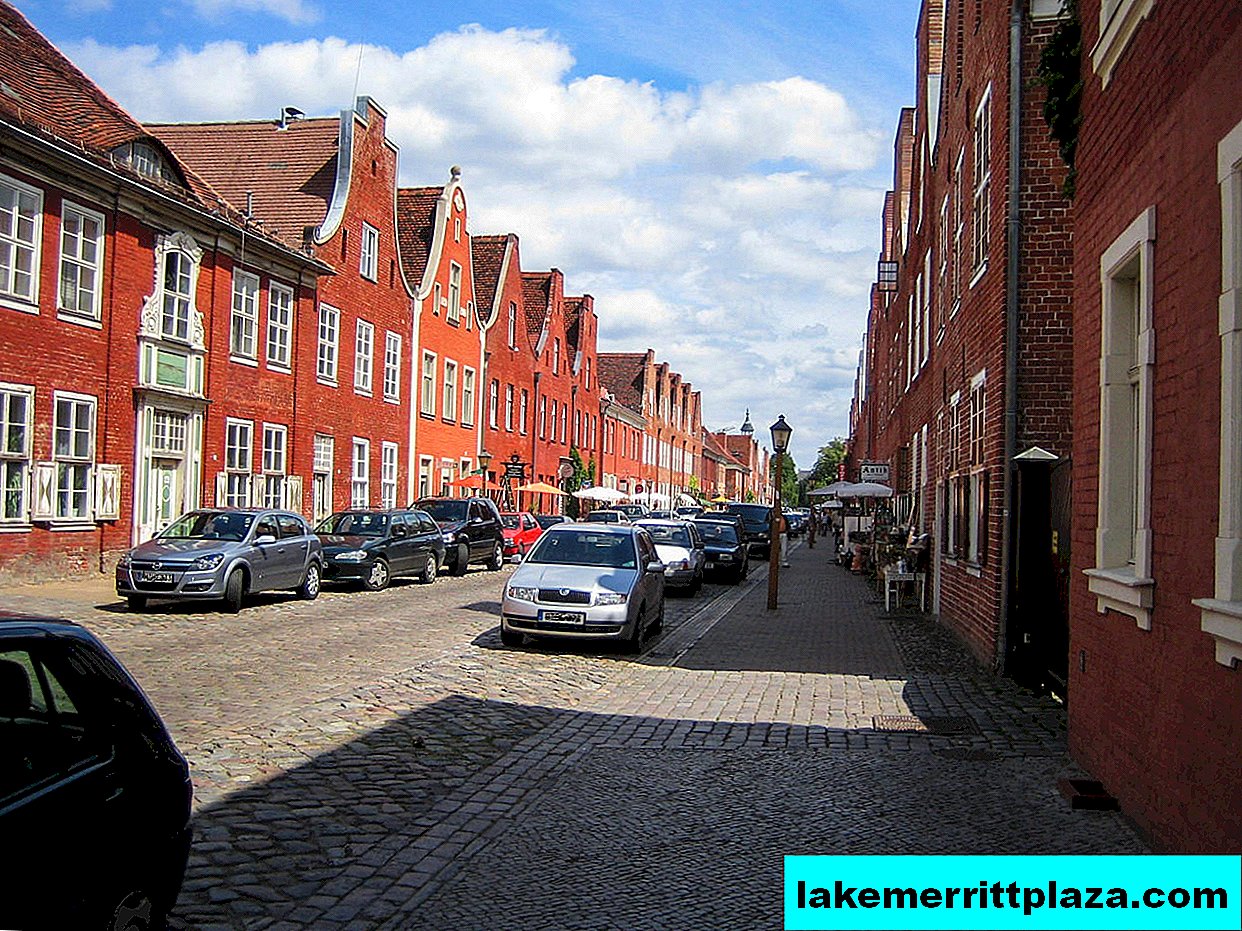
Holland Quarter (Holländisches Viertel), photo by Creando
From the theater along Gutenbergstraße and Leiblstraße you will get to the Golladn quarter. Seasonal fairs are held here, many antique shops, souvenir shops, restaurants and cozy cafes are open.
11. Monument to fallen Soviet soldiers with the Memorial

Monument to fallen Soviet soldiers with the Memorial, photo judy-volker.com
Walking along Mittelstraße and Benkertstraße, you will find yourself in a park where a monument to the fallen Soviet soldiers with the Memorial is erected.
12, 13 Churches of France and Peter and Paul

Church of Peter and Paul (Church of Peter and Paul), photo MrPanyGoff
Nearby are the French churches (Franzosische Kirche), similar to the pantheon, and the Peter and Paul (Peter-und-Paul-Kirche) of yellow brick.
14, 15, 16 Nauen, Hunting and Brandenburg Gate
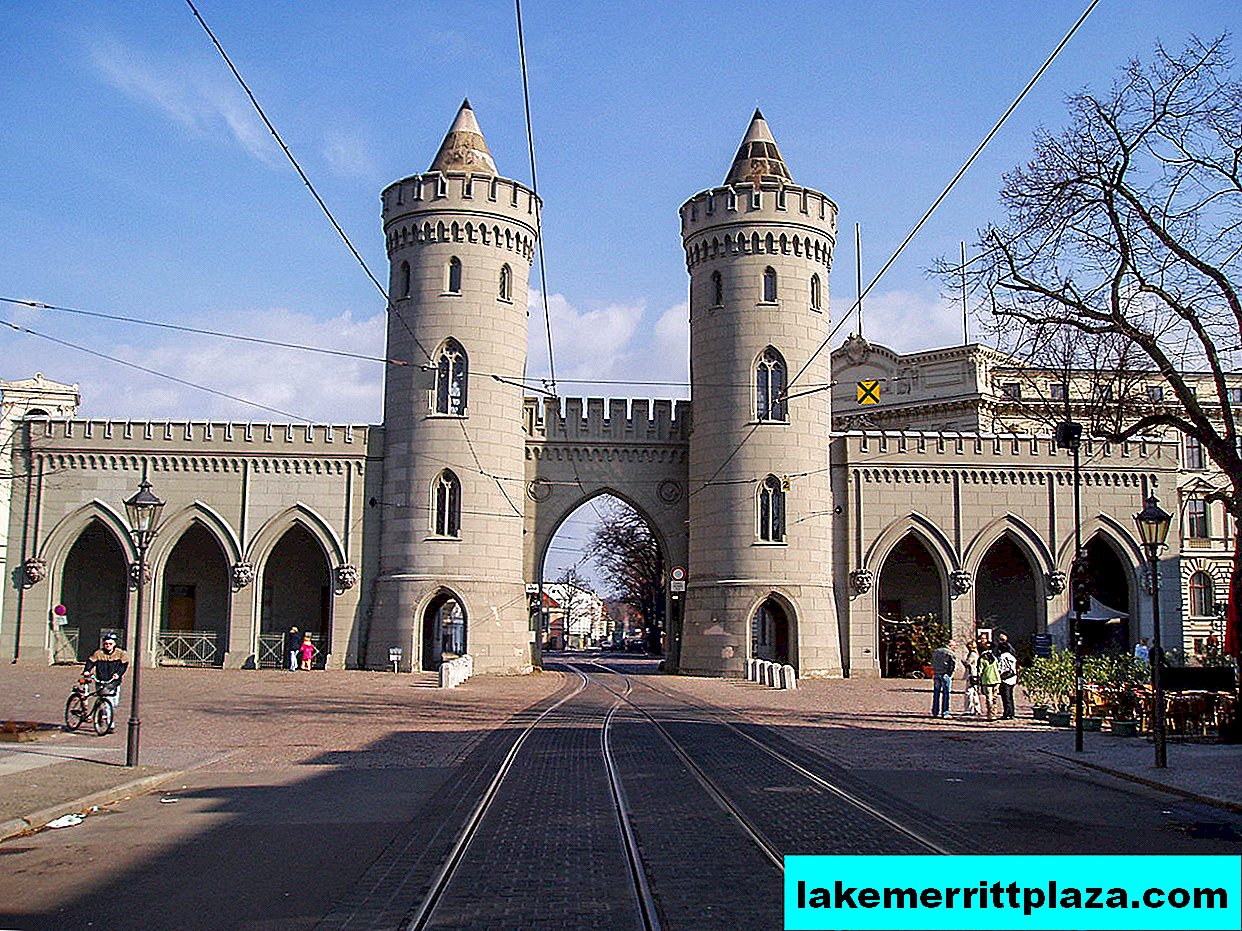
Nauener Tor, photo by Thorbjoern
Then, past the Dutch Quarter, go to the beautiful Hegelallee alley, where you will find the Nauen and Jägertor old city gates. At Schopenhauerstraße, turn around and see the Brandenburg Gate.
17. Area New Market
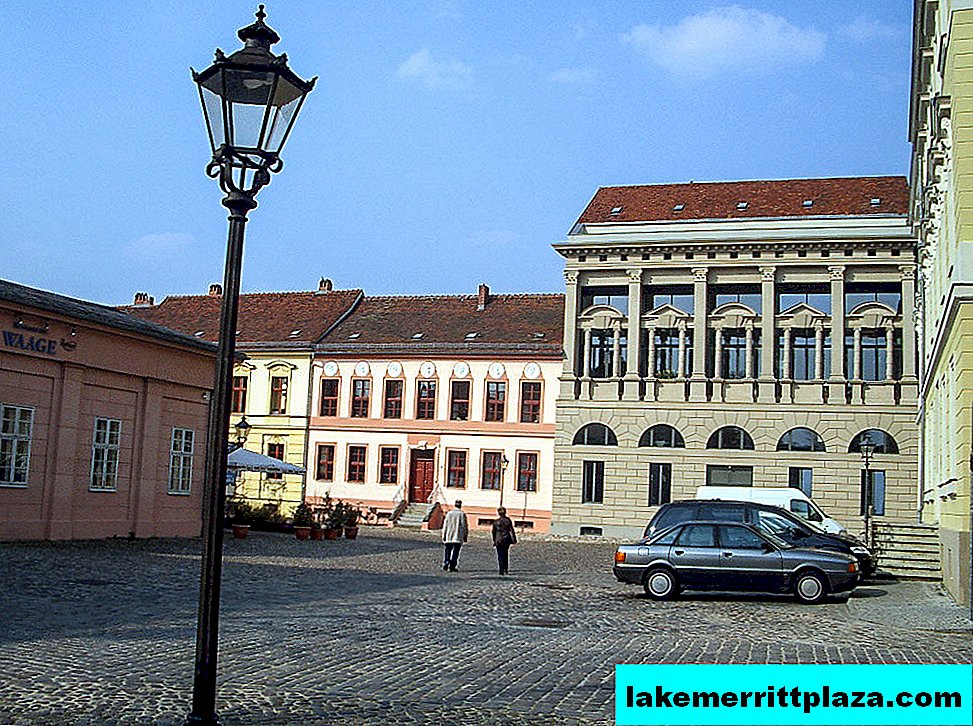
New Market Square (Neuer Markt), photo unify
Further along Charlottenstraße and Dortustraße you will get to the old city canal (Stadtkanal). Walking along the canal, you will reach the New Market Square.
18. Old Market Square
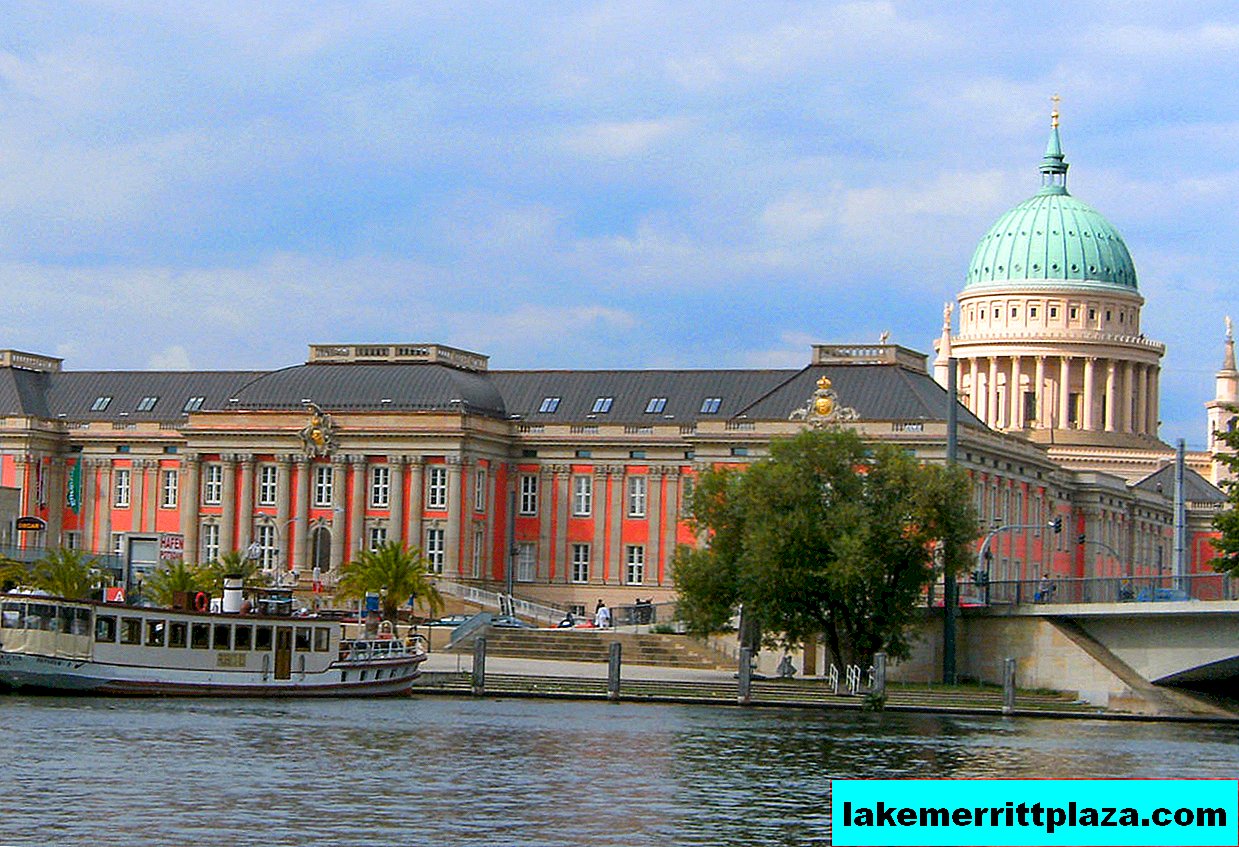
Old Market Square (Alter Markt), photo Bärwinkel, Klaus
From the New Market a stone's throw to the Old Market. See its sights.
19. Church of St. Nicholas
Church of St. Nicholas (Kirche St. Nikolai) - the dominant feature of the Old Market. The grandiose temple with a green dome was built in 1830-50, rebuilt after the bombing of World War II and consecrated again in 1981.
20. City Palace

City Palace, photo by Roland.h.bueb
Finish the walk at the city palace (Potsdamer Stadtschloss). Today it hosts the Landtag of Brandenburg.
Dinner
Choose your own restaurant for dinner. This is where hunger will catch you. I offer establishments with national cuisine:
- near the Brandenburg Gate - Dreimäderlhau (Hermann-Elflein-Straße 12);
- in the Dutch quarter - Zum Fliegenden Holländer (Benkertstrasse 5);
- near the New Market - Restaurant Loft on Brandenburger Str. 30-31.
21. Potsdam Main Station
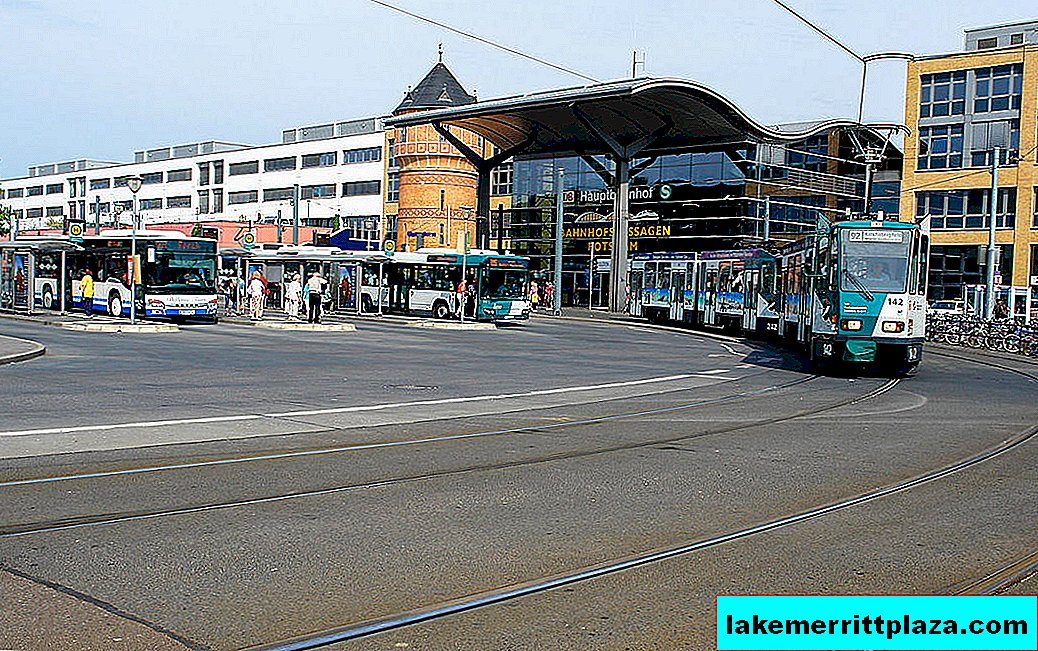
Potsdam Main Station (Hauptbahnhof), photo by Michael F. Mehnert
It’s better to go to the train station (Potsdam, Hauptbahnhof) on foot (about 10 minutes), look at the city again, and transport is less frequent after 20:00. But if you are tired, take tram 93 to Alter Markt / Landtag, it takes 3 minutes. takes you to the station.
How do I save on hotels?
Everything is very simple - look not only at the booking. I prefer the search engine RoomGuru. He is looking for discounts at the same time on Booking and on 70 other booking sites.


